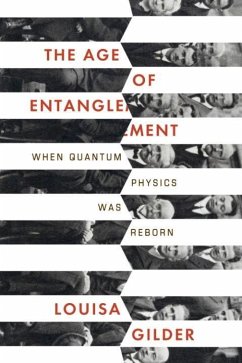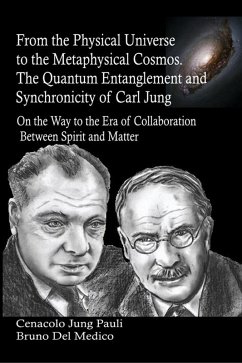
The Wigner Function in Science and Technology (eBook, ePUB)
Versandkostenfrei!
Sofort per Download lieferbar
75,95 €
inkl. MwSt.
Weitere Ausgaben:

PAYBACK Punkte
38 °P sammeln!
This book is designed to give a background to the origins and development of Wigner functions, as well as its mathematical underpinnings. Along the way the authors emphasise the connections, and differences, from the more popular non-equilibrium Green's function approaches. But, the key importance lies in inclusion of applications of the Wigner function to various fields of science, including quantum information, coherent optics, and superconducting qubits. These disciplines approach it differently, and the goal here is to give a unified background and highlight how it is utilized in the diffe...
This book is designed to give a background to the origins and development of Wigner functions, as well as its mathematical underpinnings. Along the way the authors emphasise the connections, and differences, from the more popular non-equilibrium Green's function approaches. But, the key importance lies in inclusion of applications of the Wigner function to various fields of science, including quantum information, coherent optics, and superconducting qubits. These disciplines approach it differently, and the goal here is to give a unified background and highlight how it is utilized in the different disciplines.
Dieser Download kann aus rechtlichen Gründen nur mit Rechnungsadresse in A, D ausgeliefert werden.













